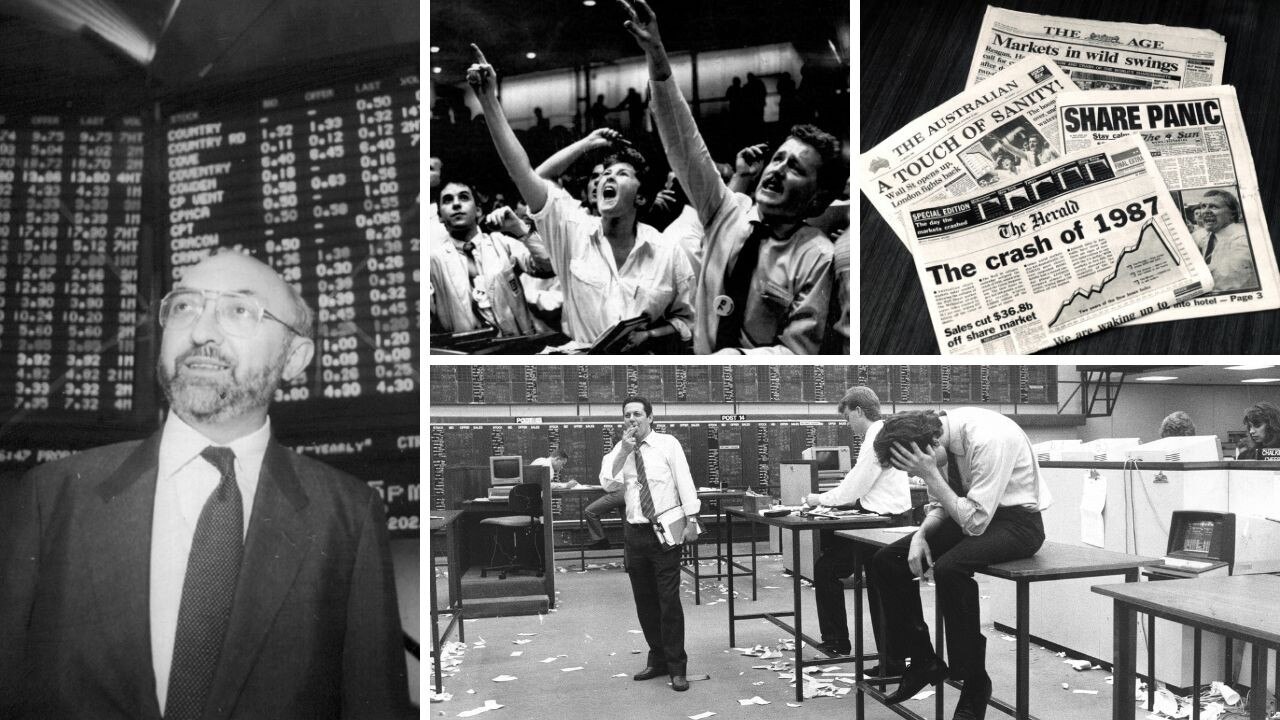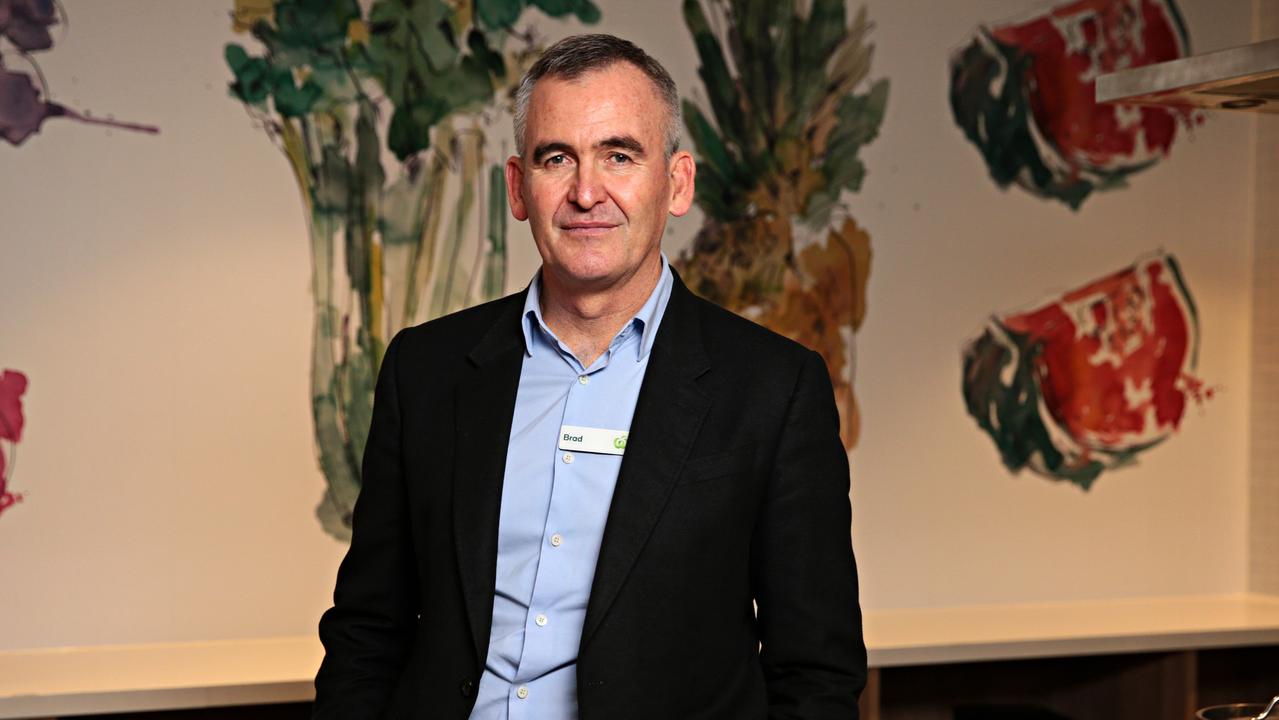Transurban keeping Australia’s largest cities moving
Love it or hate it, Transurban keeps Australia’s three largest cities moving, while its tidy business model continues to deliver for investors.

Terry McCrann
Don't miss out on the headlines from Terry McCrann. Followed categories will be added to My News.
I think the passion has probably cooled in recent years, but Transurban is a very special, quite unique, love-hate beast for the one-in-every-two Australians who live in Melbourne, Sydney and Brisbane.
In the year of our secular lords 2024, it is as impossible to think of these three cities without their networks of Transurban tollways, as it would be a London without its Underground.
Forget about mere 24/7 gridlock, life in the three capitals would literally grind to a halt.
It would not be primarily all the extra cars that would have been flooding suburban streets, main roads and what free publicly-built freeways there are or would have been built.
But the trucks.
And boy, have we had an exponential explosion in trucks and semis over the 30 years of Transurban and tollway life. Thanks to our changing consumer habits and the rocketing population across and spreading out from the three cities.
So, thank God for Transurban.
Well, actually, thank a more minor, secular god: once-was-Vic-premier Jeff Kennett, who in a time of Victorian Labor-caused fiscal crisis – hmm, why does that sound strangely familiar? – brought the idea of tollways to Australia and set the Transurban beast running.
And boy, how it has run; despite the hiccup of Covid. Or, more accurately, the panicked politician-driven lockdowns.
In the latest December half, its interim figures Thursday showed we made a record 2.5 million trips a day across its network (which includes some US tollways).
That was up 13 per cent on the 2.2 million daily trips in the last pre-Covid December 2019 half.
But over that four years, toll revenue leapt at twice that pace – by 26 per cent.
That is the magic of the Transurban model.
Trips made by cars and trucks grow relentlessly year after year - Covid lockdowns aside, although that didn’t stop the remorseless growth, only interrupted it.
Revenue per trip also grows relentlessly every year – thanks to the inflation-linked annual toll-charge increases agreed by our politicians and bureaucrats.
Even at 2-3 per cent inflation, the power of compound interest accelerates the harvest Transurban reaps, over a decade, over three decades. And a couple of years of 6-8 per cent inflation adds a very tasty, and permanent, boost.
More trips and ever-rising price per trip joined to see the gross profit go from $1.1bn in the December 2019 half to $1.33bn in the latest half.
That’s a 21 per cent rise, just shy of the 26 per cent growth in toll revenue; and both thanks to and despite the massive increase in spending on new and expanded roads through that period.
It meant gross margin (EBITDA to revenue) stayed pretty much unchanged around 74c in the dollar.
But to be fair, Transurban has to subtract a lot of ‘I’, for interest, from EBITDA before it gets to what is available to distribute to its investors.
It has a thumping $24bn of debt, at an interest rate of around 4 per cent, and rising.
Less debt, though, I would suggest, than if governments had been building the roads instead.
Originally published as Transurban keeping Australia’s largest cities moving



